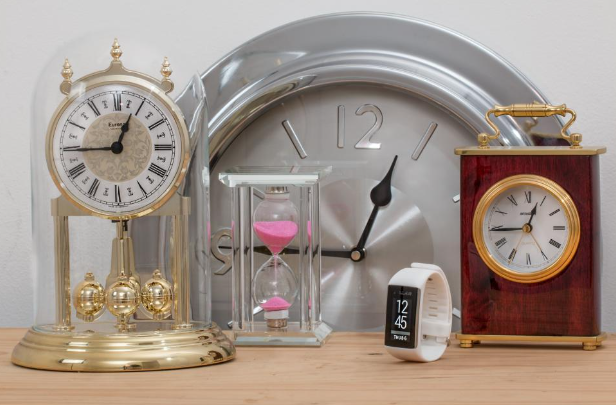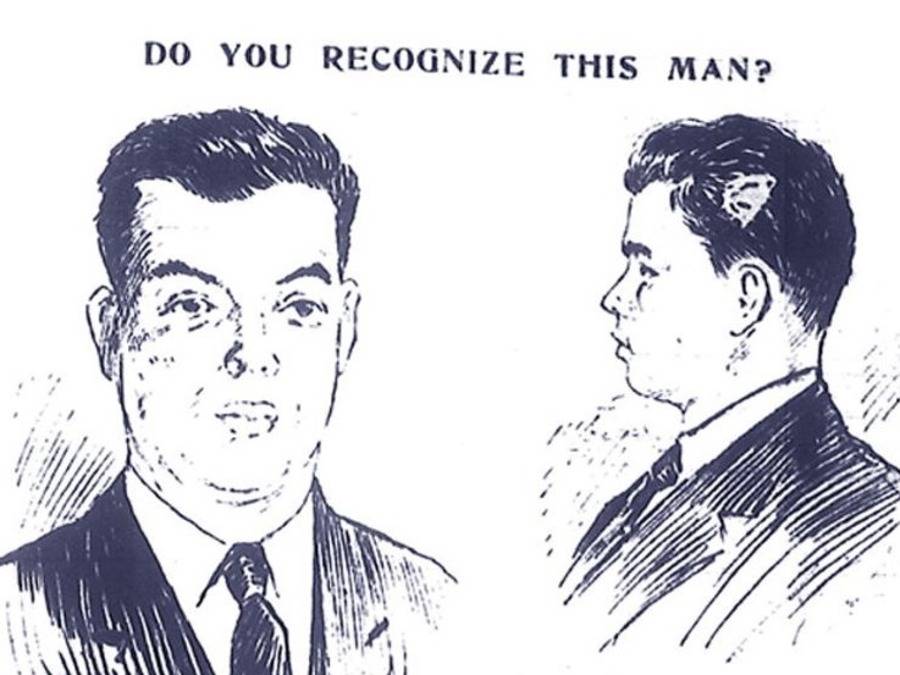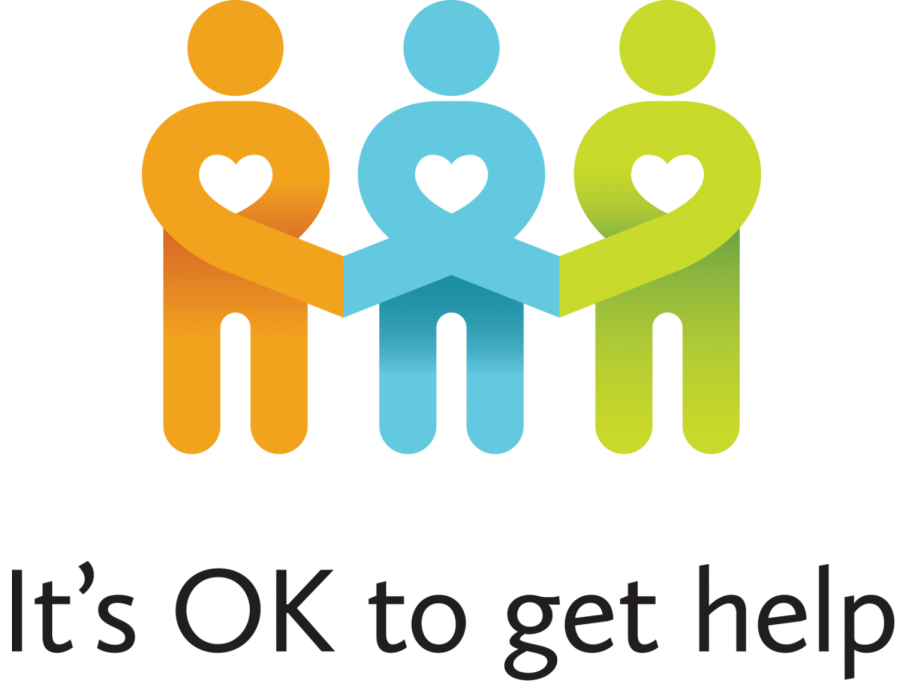Minimalism
January 16, 2021
Clutter. In the rush of daily life, clutter tends to gather in every aspect of our lives. With so much going on, it’s easy to lose what you need, spend excess money, become disorganized, and feel overwhelmed in both a physical and social context. In response to the stress of a cluttered life, a growing number of people have started to practice intentional minimalism as a way to combat overwhelming clutter. Many people who have shifted their focus to minimalism report feeling like they have more room in their lives to travel, take up hobbies, and report overall reduced anxiety. While it’s definitely not an easy shift to make, intentional minimalism can open up our surroundings and allow us to focus more time and energy on enjoying our world, not managing our belongings or relationships.
Minimalism is an umbrella term used to describe the conscious choice to do more with less. This can mean different things for everyone. Some people decide to own fewer material belongings, some people try to plan fewer social events, and some people decide to cultivate fewer relationships. Minimalism is for everyone, and there is no right way to practice it.
One type of minimalism is physical minimalism. Physical minimalism refers to focusing on going through life with fewer belongings or material items. For most, this can mean limiting clutter and limiting impulse shopping. However, for some, physical minimalism can include downsizing into a smaller apartment or committing to having a set amount of belongings, for example, one may decide to own only 4 shirts. Minimalism falls on a spectrum, with some preferring to dedicate time to decluttering and resisting impulse buying, and others choosing to sell or donate most of their belongings and move into a tiny home. If/how you choose to practice minimalism is entirely up to what feels right for you!
Social minimalism is another popular type of minimalism which refers to the minimalist mindset translated into a social context. However, this does not mean that the goal of social minimalism is to have as few relationships as possible, but rather, being content with the quality of relationships rather than the quantity. So, instead of trying to cultivate and develop friendships that may cause stress, shift the time and energy from those unfulfilling relationships into friendships that provide more meaning and joy! Instead of stressing about popularity and acquaintances, social minimalism calls for releasing that stress and not worrying about how you’re perceived by others. However, social minimalism is not an excuse to be unkind. Instead, social minimalism is simply a mindset which values focusing on being ourselves, and only putting energy into the relationships that make us feel celebrated and content.
With minimalism, many people find themselves less stressed and with an overall improved quality of life. When focused on not impulse or stress-buying, many people find themselves saving money and time. With social minimalism, many people find themselves less stressed from one-sided relationships and with more time available to dedicate to doing things that add value to their lives.






























































































































Jelani • Jan 19, 2021 at 9:53 am
I like how you opened your article with one word. That’s very unique. Good job 🙂
joselyn • Jan 19, 2021 at 9:49 am
I enjoyed this informational article and your conclusion paragraph was great!